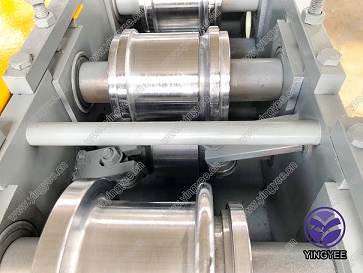
The Discontinuation of PU Foam Production Lines Impacts and Future Directions
Polyurethane (PU) foam has long been a crucial material in various industries, serving as insulation, cushioning, and packaging. However, recent trends indicate that some manufacturers are discontinuing PU foam production lines due to environmental concerns, market shifts, and the emergence of alternative materials. Understanding the implications of this shift is vital for stakeholders across the supply chain.
One of the primary drivers behind the discontinuation of PU foam production is the environmental impact associated with its production and disposal. PU foam is derived from petroleum-based chemicals, leading to significant carbon footprints throughout its life cycle. The manufacturing process emits volatile organic compounds (VOCs), which contribute to air pollution. Moreover, the disposal of PU foam is problematic, as it is not biodegradable and can contribute to landfill waste. As global awareness of climate change and sustainability grows, companies are increasingly pressured to adopt more eco-friendly materials and processes.
As a result, regulatory bodies around the world are implementing stricter guidelines concerning the use of harmful substances in foam production. The European Union's REACH (Registration, Evaluation, Authorisation, and Restriction of Chemicals) regulations, for instance, have led many manufacturers to reconsider their production strategies. Firms that fail to comply with these regulations risk facing hefty fines or being forced to halt operations entirely. This regulatory environment has catalyzed a transition towards safer, more sustainable materials.

Furthermore, consumer preferences are shifting towards more sustainable options. Modern consumers are increasingly educated about the environmental impacts of their purchases, leading them to favor products that utilize renewable or biodegradable materials. As a result, manufacturers are reassessing their product lines, with many choosing to phase out PU foam in favor of alternatives like natural latex, recycled materials, or bio-based foams. These new materials often possess comparable properties to PU foams, providing adequate insulation and comfort while minimizing environmental harm.
Despite the challenges associated with discontinuing PU foam production lines, there are opportunities for innovation and adaptation. Companies are exploring ways to reformulate their products using sustainable materials or pursuing research and development efforts to improve existing alternatives. For instance, some manufacturers are investing in the development of bio-based PU foams derived from renewable resources such as soy or castor oil. By innovating within the realm of foam production, businesses can meet market demands while aligning themselves with environmental goals.
In terms of economic implications, the discontinuation of PU foam production lines may lead to job losses in certain sectors, particularly in regions heavily reliant on traditional manufacturing. However, this transition could also create new opportunities in the sustainable materials sector. As companies pivot towards eco-friendly production, they will require skilled workers in areas such as research, development, and sustainable engineering. Thus, workforce re-skilling and training programs will be essential to ensure that employees can transition to these emerging industries.
In conclusion, the discontinuation of PU foam production lines is driven by environmental concerns, regulatory pressures, and shifting consumer preferences. While this transition presents challenges, it also offers significant opportunities for innovation and economic growth in sustainable materials. Stakeholders must navigate this evolution thoughtfully, focusing on creating products that meet consumer demands while minimizing environmental impact. As industries adapt to these changes, the future of foam production will likely reflect a commitment to sustainability, innovation, and responsibility.